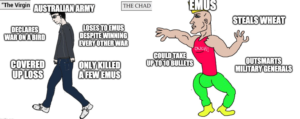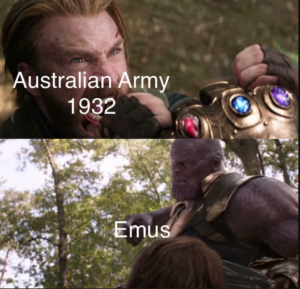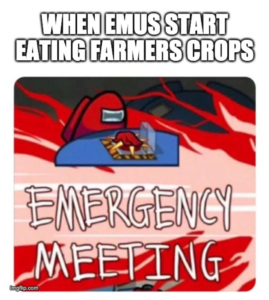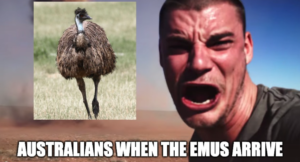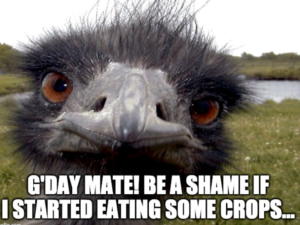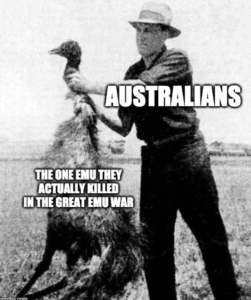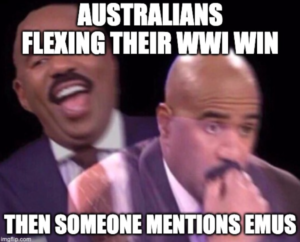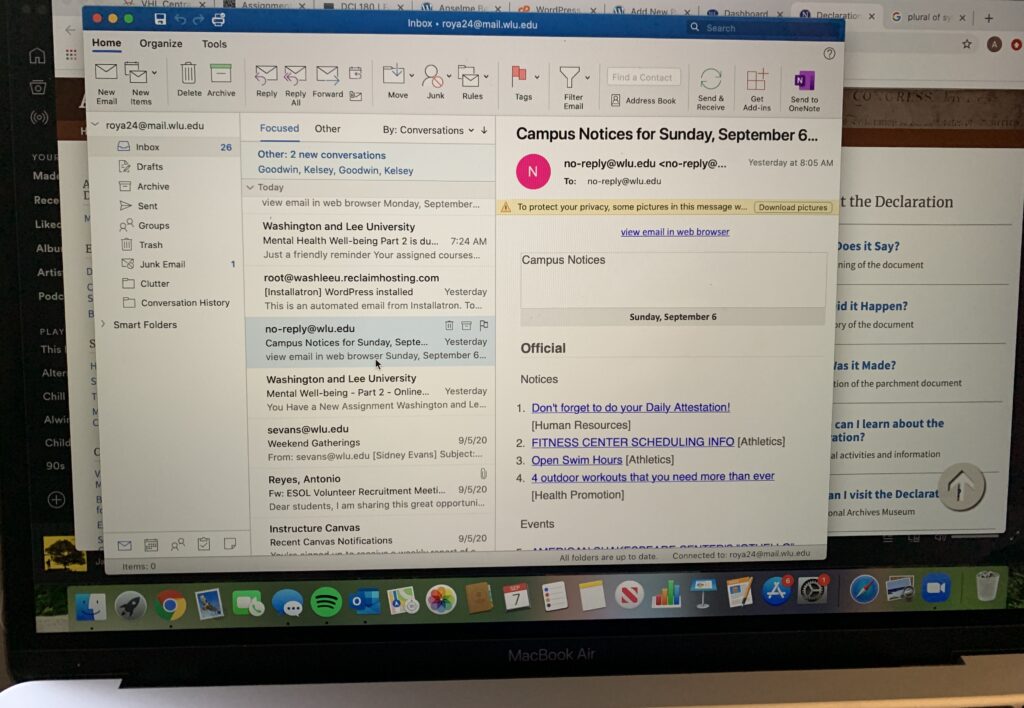Choose your own adventure
For the additional piece of media that I think should be added to this course’s syllabus, I have chosen John Oliver’s clip about Government Surveillance and his interview with Edward Snowden. While this is not a fictional piece, I believe it is vital to understand what the government has the capability of accessing if they wanted to. The main point John Oliver stresses in the video is to understand the depth of the information that the government has so that we are able to have a discussion about where we want to draw the line. In this class, we focused mostly on private companies accessing our information, however, we left out how much information the government has on us too. While it is very scary to know that Facebook knows when you are happy or sad, they could easily sell that information to the government, where more people can access your information. This needs to be talked about. We have some control over our government. If the majority of people spoke out against the government, change can occur, some privacy can be restored, and most likely, more restrictions would be passed on these private companies. While vulgar, John Oliver makes a compelling point as to why the government has gone too far with their surveillance. He uses “dick pics” as his analogy to get the people to understand this complex topic. And when he asked people if the government should have access to dick pics, the answer was overwhelmingly no. However, the government can access it, and Edward Snowden even said it was common for government agencies to look at naked pictures of people without their knowledge. This information is vital to the American public as it strictly pertains to them. Most people lack the complete knowledge of how far government surveillance goes, and this video illustrates the depth of information stored by the government.
This assignment directly relates to the themes of this class, especially to the theme of “Digital Consumer,” because it connects to how we consume what’s on the internet, and how those with power access that information. In this class, we talked a great deal about the algorithms set up by Facebook and Google and how the information they had was scary, however, the government has access to that same information, maybe even more. Edward Snowden was able to leak information fairly easily from the NSA, so just imagine how easy it could be for hackers to access our personal information. We need to have this conversation about how far we want surveillance to go because the majority of people believe that it should be decreased, however, we are not making any strides politically.
For the assignment to go with this video, I would do a discussion because that is the single most important thing we can do to improve our situation. We need the most amount of people to understand what is actually occurring, then have a discussion about what we should do next. This video is funny, but it also gets the point across extremely effectively, despite it being primarily focused on dick pics.
Video: https://www.youtube.com/watch?v=XEVlyP4_11M
